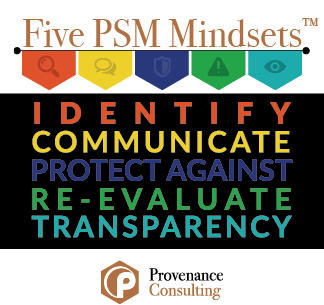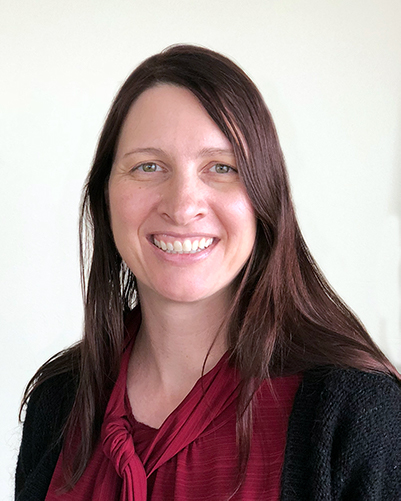How Telling Stories Creates Hazard Transparency
Most people enjoy a good mystery.
Writers like Agatha Christie are successful in bringing us into the intrigue by giving just enough clues for us to come up with our own hypothesis of “whodunit”, while withholding enough insight so that at the end, the master detective solves the case and uncovers the unexpected villain.
We are excited by the challenge of looking for clues, reading between the lines, searching for the truth.
For me as an engineer, that love of investigating a mystery contributes to the thrill of problem solving.
Dangers of “Whodunit” in Process Safety
When it comes to understanding process hazards in a facility, knowing the “whodunit” of process hazards goes beyond elementary entertainment.
OSHA designated the elements of Compliance Audits and Trade Secrets to make sure that everyone at the facility knows the whole story, not just a few clues. Nothing is meant to be hidden from the employee, and no one wants a “surprise ending.”
These two elements also make up the fifth PSM Mindset™, Transparency.
Audits and sharing trade secrets allows everyone who needs it to see the real story of the process: What are the risks, the protections, the gaps, and the strengths of the processes and procedures in place?
We Don’t Need Sherlocks – We Need Storytellers
As a mindset, it is also about each person on-site being willing to be transparent.
Are you willing to share your stories – what worked and, even more important, what hasn’t worked and why?
We all learn more from stories than from a list of facts. We can put ourselves into the story, and our minds remember stories especially when the story invokes an emotion – This makes the memory more “sticky.”
If you have years of experience in the petrochemical industry, you have stories to share. If you are new to the industry, there are lots of stories to hear, so be listening.
Sharing Experiences is Safer and Smarter
I have a vivid memory of a leak detected in the Hydrofluoric Acid Alkylation Unit flare accumulation drum.
Typically the unit would be shut down so the pipe could be replaced. But that would send all the hazardous materials in the unit right through the leaking pipe.
I remember meetings with operators, engineers, maintenance, mechanical integrity inspectors and others to come up with a plan to safely address the issue.
We came up with a solution and put a temporary Management of Change form in place, formally getting everyone to sign and stack hands on the plan.
The plan worked, the pipe was bypassed and replaced, and I was left with a lesson on the importance of all eyes looking at the potential solution.
I remember the arguments, the concerns, the checking and double checking that was involved. In the end, it was a success.
The hazard was addressed because everyone was transparent about their ideas and concerns.
What Should We Share?
If you see something that doesn’t align with a procedure or standard, that is a story that needs to be shared.
Is a level gauge not reading accurately? Don’t dismiss it, share that information.
Is a procedure or policy cumbersome and difficult to navigate? The complexity may be necessary but on the other hand, a simpler approach may work instead.
These are also stories that need to be told. Each story may be part of a bigger picture.
Remember, there is no Sherlock Holmes or master detective on staff, so we all must work as a team to ensure the hidden risks are brought to light and the hazards are exposed.

Read More from the Five PSM Mindsets™ Series:
- Identify: How to Use Patterns to Identify Process Safety Hazards
- Communicate: Can Your Hear Me Yet? How to Communicate Hazards Better
- Protect: How to Protect Your Ship from Process Safety Hazards
- Re-Evaluate: How Better Access to PHA Data Can Inform Your MOC Process
- Transparency: How Telling Stories Creates Hazard Transparency




